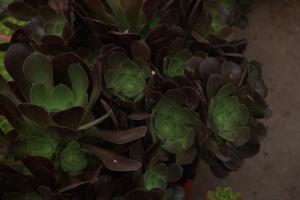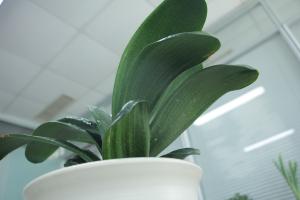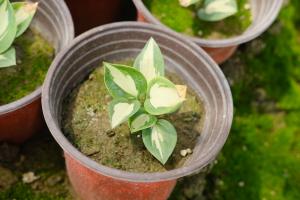Sowing and propagation of Forsythia pseudoforsythia
The main propagation mode of Forsythia suspensa is seed seedling. The operation steps are as follows: after the harvest of fruits in autumn, the seeds are collected and dried, and then sowing can be carried out. After germination, it can be moved to the flower pot for cultivation. It should be noted that the selection of mother plants should choose plants with strong, short and thick branches, dense flowers and fruits and no diseases and pests. After the seeds are collected, they should be stored in sand and stored in wet sand in a ratio of one to three. When sowing, dig shallow ditches, sow seeds, and then cover with soil. When the seedlings are unearthed, loosen the soil, weed and fertilize in time. In addition, pay attention to ditch drainage in rainy season and apply thin fertilizer frequently

Cutting propagation of Forsythia suspensa
Select the excellent mother plant, cut the twigs, cut them into cuttings, soak them with rooting powder or indole butyric acid solution and air them, and then bury the cuttings and water them. In the process of cutting, it should be noted that it is suitable to be carried out in a semi shaded, ventilated and cool place, especially to avoid strong light in summer. After autumn, it is necessary to appropriately increase the light to promote growth, and control the room temperature in winter. In addition, keep the environment moist and trim properly

Layering propagation of Forsythia suspensa
Because there are many drooping branches of Forsythia pseudoforsythia, the drooping branches of the mother plant can be pressed into the soil in spring, and the branches can be cut and buried in the soil, and then take root and sprout at the cut. The isolated mother plant can be transplanted elsewhere in the next year

Ramet propagation of Forsythia suspensa
Because the root system of Forsythia pseudoforsythia is developed and has strong growth ability, the root tillers around the forsythia pseudoforsythia plant shall be excavated and cultivated separately in late autumn or early spring< span>

 how many times do yo...
how many times do yo... how many planted tre...
how many planted tre... how many pine trees ...
how many pine trees ... how many pecan trees...
how many pecan trees... how many plants comp...
how many plants comp... how many plants can ...
how many plants can ... how many plants and ...
how many plants and ... how many pepper plan...
how many pepper plan...































